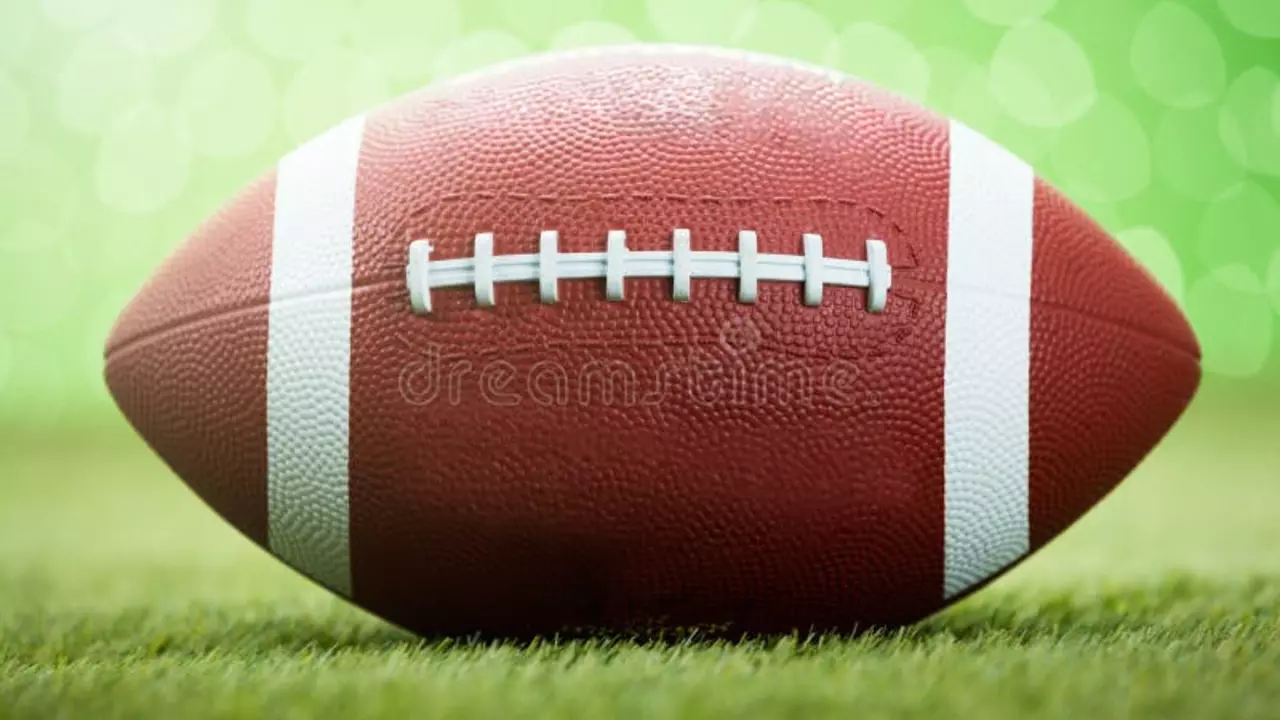
Is the shape of a ball the same for football, soccer and rugby?
Ballin' Out: The Tale of Three Sports
Good ol' Monte and I had another one of our philosophical chinwags, the other day. While tossing a tennis ball around the backyard, I found myself musing about the multiplicity, morphologies, and minutiae of balls across various sports. Out loud, I posed this question to Monte: "Does a football, rugby ball, and a soccer ball share the same shape?" He cocked his head, wagged his tail, and trotted off to fetch the ball, leaving me to grapple with my newfound quandary.
The Soccer Sphere
Ah! Soccer, the beautiful game indeed - ballet with a ball, Monte's favorite to chase, and mine to discuss. A regulation-size soccer ball, also known as a size 5, measures about 8.65 to 9.10 inches in diameter. It's got a circumference of about 27.7 inches. Essential to note here is that a soccer ball is a perfect sphere. Picture it as a globe, just like the Earth, but smaller and less complicated. It's beautifully symmetrical, made by stitching together 32 separate panels - 20 hexagons and 12 pentagons, resembling a snub dodecahedron if you remember your high school geometry.
Football: The Pigskin Protractor
In contrast to the spherical soccer ball, we've got the oblong, prolate spheroid shape (egg-like shape if we're keeping the jargon out) of an American football. Well, unless you consider brown eggs, it's not so much "egg-like" anymore, is it? The long, pointed ends help it cut through the air, enhancing spiral and distance. Itʼs not as easy for Monte to bring back, but it sure does fly. Here's an interesting fact: although it's called a "pigskin", American footballs today are made from cowhide or vulcanized rubber.
Rugby: The Inbetweeners
Now, Rubio Rugby, as I like to call it, presents a beautiful middle ground between Soccer's symmetry and Football's functionality. Itʼs not a perfect sphere, but it isnʼt too oblong either. Itʼs still a prolate spheroid, but a bit more rounded at the ends compared to an American football. The shape and dimension of a rugby ball suits its purpose, offering a happy medium for carrying and kicking alike. Monte can confirm this; it's easier to carry than a football, but harder to lose beneath the couch than a soccer ball.
The Science Behind the Shape
We've discussed the shape differences now, and if you're wondering about the purpose of each shape, let's get into a bit of physics. The spherical soccer ball's shape allows for better predictability and control in terms of direction and speed, making it ideal for a game reliant on finesse and footwork. The shape of the football and rugby ball, however, is built for distance. The pointed ends generate less air resistance compared to a perfect sphere, allowing them to travel further. So, the shapes are different because the ways they are used in the games are different. At this point, Monte usually gets bored of the science, and is more interested in a good belly rub. But if he can listen to me blabbering about sports ball aerodynamics, I think he deserves it.
The Ball is in Your Court
To wrap this up, while all three balls serve the primary function in their respective games, their shapes are remarkably different. So, to answer the question I posed to Monte, no, the shapes of soccer, rugby, and football balls are not the same. Each has its unique design, tailored for the dynamics of the respective sport. So next time you're tossing a ball around, spare a thought for the design intricacies involved, and the fun they allow. Monte obviously doesn't ponder these nuances, but maybe you'll appreciate throwing that ball for him all the more.